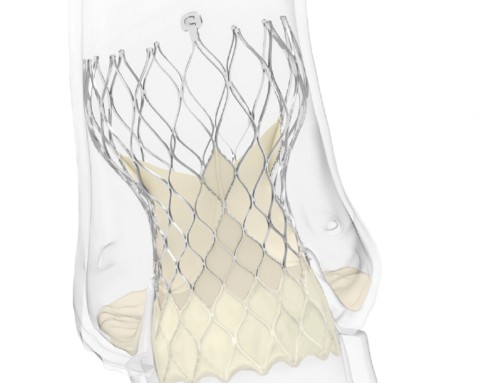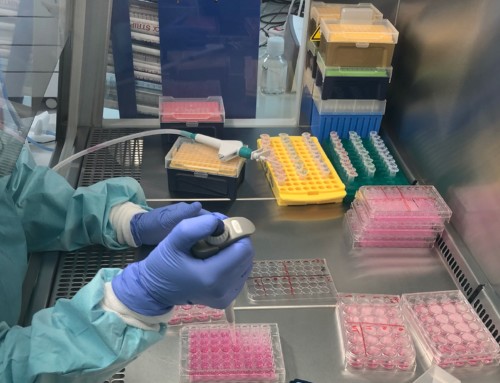
Jennifer Radin
A study in The Lancet suggests that de-identified data from activity and physiological trackers (such as a Fitbit) could be used to provide information on flu outbreaks. Authors Jennifer M Radin (Translational Institute, Scripps Research, La Jolla, USA) and others explain that this information “could be vita to enact timely outbreak response measures to prevent further transmission of influenza cases during outbreaks.”
Radin et al write that traditional surveillance of flu “relies largely on a combination of viologic and syndromic influenza-like illnesses surveillance to estimate influenza trends”, but add that such an approach has a “one to three week reporting lag, and is often revised weeks later by the US Centers for Disease Control and Prevention”. Furthermore, they note that previous attempts to use search engines and social media to improve surveillance data have not been successful, commenting that “Google Flu Trends was found to miss early waves of the 2009 H1N1 influenza pandemic and overestimate activity during outbreaks”. The authors report that prompt detection of flu outbreaks is important for the early initiation of both non-pharmaceutical and pharmaceutical interventions, noting that “up to 650,000 people die from influenza globally”.
Wearable technology, according to the authors, is a potential tool for monitoring flu outbreaks because they “continuously track an individual’s physiological measurements, such as resting heart rate, activity, and sleep”; therefore, such technology might be able to identify abnormal fluctuations indicting perturbations in health, such as an acute infection. Therefore, Radin et al sought to determine if wearables could be used to improve flu surveillance at a (US) state level.
Using de-identified data via a research collaboration between Scripps Translational Institute and Fitbit, the authors obtained records for 47,249 people (all of whom consistently wore a Fitbit for at least 60 days at a time between March 2016 and March 2018) who met the inclusion criteria (birth year between 1930 and 2004, height greater than 1mm, and weight greater than 20kg).

Steve Steinhubl — Photo by Don Boomer
They found that the Fitbit data, compared with traditional surveillance approaches, “significantly improved influenza-like prediction in all five states [included in the study], with an average increase in Pearson correlation of 0.12 over baseline models, corresponding to an improvement of 6.3–32%.” “The ability to harness wearable device data at a large scale might help to improve objective, real-time estimates of influenza-like illness rates at a more local level, giving public health responders the ability to act quickly and precisely on suspected outbreaks,” Radin et al comment. They add that as wearable devices become “more ubiquitous”, a sensor-based surveillance technique “could be applied at a more global level where surveillance sites and laboratories are not always possible”.
Speaking to BIBA Briefings, study author Steven R Steinhubl (Scripps Research Translational Institute & Wave Research Center, LaJolla, USA) says that “large-scale prospective studies” are needed to further determine the role that smart devices (such as Fitbit) can play in tracking health changes. However, he does note that “Only about 20% of adults in the USA use wearables, and they tend to skew [towards having] younger and higher socioeconomic status. So our study is very early work in many respects. I think wearables will become more prevalent, the data collected more varied and accurate, and the population using them more diversified over time.”
He adds that some preliminary work has also shown that changes in heart rate can “predict other infections (such as Lyme disease), asthma exacerbations, and heart failure decompensation”. “Beyond illness, changes in resting heart rate have also been shown to track menstrual cycles and therefore could aid in fertility,” Steinhubl notes.





